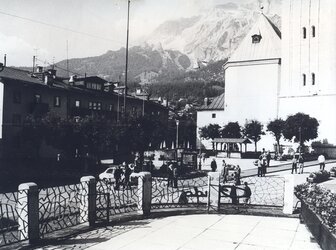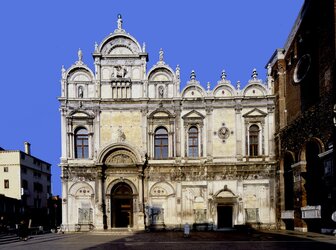Walser Houses: Preservation of Vernacular Architecture in Alagna Valsesia
The Walser houses of Alagna Valsesia, one of the Monte Rosa valleys in Piedmont, date from the late 16th to mid 19th centuries, and are perhaps the earliest examples of vernacular architecture in this form. The project to rehabilitate four of the homes which were in a ...
Read more
Project details
| Title: | Walser Houses: Preservation of Vernacular Architecture in Alagna Valsesia |
|---|---|
| Entr. year: | 2014 |
| Result: | Grand Prix |
| Country: | Italy |
| Town: | Alagna Valsesia, Vercelli (Piedmont) |
| Category type: | building conservation |
| Building type/ Project type: | Agricultural building/structure |
| Former use: | Single-families dwelling houses (rural housing) |
| Actual use: | Living museum, educational purposes, cultural attraction |
| Built: | 16th - 19th century |
| Architect / Proj.leader: | S.B.A.P.TO.; Ministero dei Beni e delle Attività Culturali e del Turismo |
| The Jury's citation: | "The Jury was very impressed by the quality of the detailed documentation of these rare and eye-catching farm buildings. The drawings had to be completed prior to dismantling, restoration and reconstruction. The log house and dry stone method does facilitate this approach to stabilizing and saving buildings. Even so, the renovation was excellently done, using traditional craftsmanship. Thanks to the introduction of visitor facilities, this most unusual building ensemble can now be used for educational purposes and thus help to continue the ethnic building tradition." |
| GPS: | 45°51'15,9" N; 7°56'15,4" E |
| Web, Links: | www.monterosavalsesia.com/parchi_musei/en/en-walser-museum-in-alagna.html |
Description:
The Walser houses of Alagna Valsesia, one of the Monte Rosa valleys in Piedmont, date from the late 16th to mid 19th centuries, and are perhaps the earliest examples of vernacular architecture in this form. The project to rehabilitate four of the homes which were in a particularly severe state of deterioration was undertaken by the regional department of the Ministry of Cultural Heritage. It entailed the dismantling of the four houses and reassembling them in order to understand and retain as much authentic material and design methodology as possible. It was also necessary to establish the availability of, and to an extent reinvigorate, local Walser craftsmanship. The surrounding landscape, which had become wilderness, was also rehabilitated and made safely accessible. Thus expertise in Walser construction was re-established for the first time on a nation-wide basis. The four houses were given back to the local people with their original appearance and functionality, much understanding having been gained about the original models and their place in log house-building world-wide.
Similar projects

13th century

15th century

19th century


16th century

15th century

16th century

20th century

Beginning in 1668

15th century

16th century

16th century





